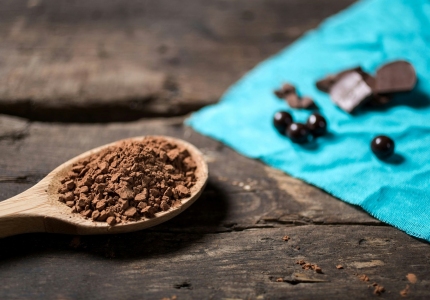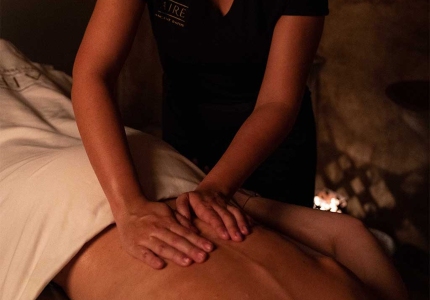Finding moments of tranquility in our busy environment is crucial to preserving general wellbeing. Cranial massage is one often-overlooked way to achieve this tranquilly. This specific type of relaxation offers a calming way to complete relaxation by focusing on tension in the head, neck, and face. This article will discuss the concept of cranial massage, its special advantages, the methods employed, and how it enhances mental and physical health.
Understanding Cranial Massage
The objective of cranial massage is to reduce tension and induce relaxation by the use of gentle movements of the head, neck, and face. Cranial massage, in contrast to more vigorous massage treatments, adopts a holistic approach, acknowledging the interconnectedness of the body's systems. It is appropriate for people looking for a relaxing experience because it is non-invasive and uses gentle techniques to establish a state of profound relaxation.
Anatomy of the Cranial Region
A fundamental understanding of cranial anatomy is essential to comprehending the efficacy of cranial massage. The structure of the skull, which is made up of bones and sutures, protects the brain while enabling very slight movement during cranial massage. The cranial nerves are essential for both sensory and motor processes, affecting how we perceive and react to touch. Furthermore, a major area of focus during cranial massage sessions is the temporomandibular joint (TMJ), which connects the jaw to the skull and can be a cause of stress and discomfort.
The Unique Benefits of Cranial Massage
There are several advantages to cranial massage that go beyond mere relaxing. It lowers general stress levels and fosters a sense of relaxation and well-being by focusing on tension in the head and neck. Cranial massage is a typical method of relief for those with headaches and migraines since it eases the common origins of discomfort. Furthermore, better mental clarity and higher-quality sleep have been noted as benefits of cranial massage, which makes it an invaluable tool for people pursuing holistic wellness.
Techniques Used in Cranial Massage
In order to get the best results, cranial massage uses a variety of techniques.
Craniosacral Therapy
The craniosacral system, which consists of the membranes and cerebrospinal fluid around the brain and spinal cord, is gently adjusted as part of craniosacral therapy.
Acupressure
Acupressure works by applying pressure to certain places on the head and neck to relieve stress and help the body regain equilibrium.
Scalp Massage
The soft kneading and circular strokes used in scalp massage calm the scalp and increase circulation, which improves the entire massage experience.
The Role of Essential Oils in Cranial Massage
Aromatherapy, which uses essential oils to enhance health and wellbeing, is a wonderful addition to craniofacial massage. During a cranial massage, essential oils with calming and soothing qualities, such chamomile and lavender, help to further promote relaxation. These scented oils further induce calmness by inhaling them, which creates a peaceful atmosphere that is ideal for stress reduction and deep relaxation.
Preparing for a Cranial Massage Session
It is important to mentally and physically prepare before beginning a cranial massage. It is essential to communicate with the therapist in order to share expectations, concerns, and preferences. Wearing comfortable clothing makes it easier to move around during the session, and preparing with deep breathing exercises or meditation sets the tone for a genuinely restorative experience.
What to Expect During a Cranial Massage
A cranial massage session should provide clients with a customised approach based on their individual needs. Usually, the first meeting with the therapist involves talking about your health history and any concerns you may have. Depending on their tastes, customers might be able to select from a variety of essential oils. Deep relaxation and tension release are achieved throughout the session with the use of gentle techniques.
Post-Cranial Massage Care
It's important to practise post-massage care in order to extend the advantages of cranial massage. Staying hydrated is crucial because it keeps the body moisturised and aids in the removal of toxins generated during the massage. Mild stretches and other forms of gentle exercise can support the state of calm that was attained during the session. Ultimately, giving yourself enough time to unwind and rest enables the body to completely absorb the benefits of the massage, leaving clients feeling revitalised and renewed.
Finally, cranial massage promotes physical and emotional well-being by providing a calming path to complete relaxation. Its mild methods and all-encompassing approach make it an effective tool for reducing stress, easing headaches, promoting better sleep, and sharpening the mind. Next time you feel stressed and in need to unplug, consider cranial massage as a means of achieving complete relaxation, appreciating its holistic essence and the significant advantages it provides for general health.



